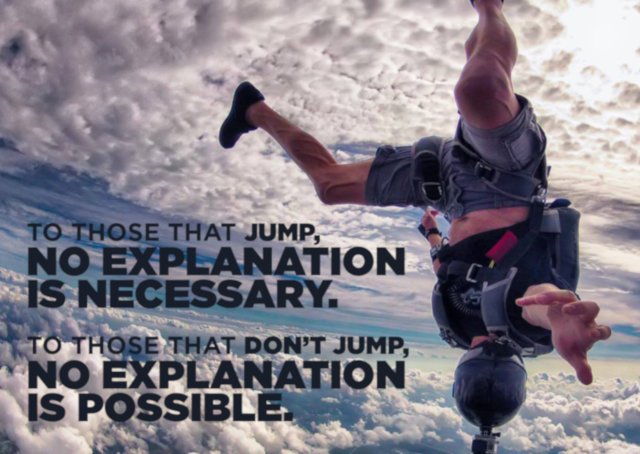Skydiving FAQ
One thing you notice about students and other people interested in skydiving is that they very often ask the same types of questions and very often the questions are asked because they have some anxiety about a certain aspect of the sport. This page is here to try to answer those question and reduce the fears that you, as a potential student or first time skydiver, might have. To try to dispel some of the myths associated with our sport here is a list of the most frequently asked skydiving related questions.

FAQ How safe is this sport?
FAQ How fast do you fall?
FAQ Are there any women who skydive?
FAQ What is it like to skydive?
FAQ What if I have a fear of heights?
FAQ What about fear and apprehension?
FAQ How long is the freefall?
FAQ What kind of first skydive should I do?
That’s entirely up to you and is a decision that is influenced by what kind of instruction programs are available, whether you want to take up skydiving as a regular activity or which of them you can afford. At Skydive Robertson the most popular first skydive is the First Time Jump (FTJ) course, especially if you want to take things further. If you’re not sure yet, try a tandem skydive.
FAQ Do I need to make reservations for the courses?
It is preferable for you to make a reservation, but it depends on what kind of course you would like to do. If you want to do the First Time Jump (FTJ) course, then sometimes it works to just show up at the dropzone before 08:30 on any Saturday morning and speak to any one of the staff. We’ll do our best to make sure you get into the class. If you have a group of people interested in doing the static line course together, you could contact the club to arrange to do the course during the week and then jump that weekend, but this is always at the discretion of the instructor. If you want to do a tandem jump then you can book now.
FAQ Where do I go when I get there?
FAQ How long does the course last?
FAQ Why would you want to jump out of a perfectly good airplane?
This is the question skydivers hear most often. Why do we skydive? Ask any experienced skydivers to show you some of their favourite skydiving video footage and you will get an idea of how much fun it can be to jump out of a ‘perfectly good airplane. And anyway, who said all airplanes are ‘perfectly good?’ Have you ever flown Kulula?
FAQ Why should I do my skydiving at Skydive Robertson?
Skydive Robertson has experienced and dedicated staff that will do everything in their power to make sure that every single skydive you ever do at Skydive Robertson is safe and fun. Our staff and aircraft engineers ensure that our aircraft are always in tip-top condition and that our facilities are kept in good shape too. Besides all that, Skydive Robertson is the most sociable club you’re likely to come across, and that makes it the best club in the country.
FAQ How do I become a skydiver?
Have a look at our courses available to first time jumpers. There you will see a number of ways that you can make your first skydive. Once you make your first skydive, don’t stop skydiving; do it as often as you possibly can. That’s how you become a skydiver.
Once you’ve been through your chosen course you’ll then have to decide which skydiving discipline to try. There are a number of different disciplines, but you’re first choice should either be formation skydiving or freeflying.


